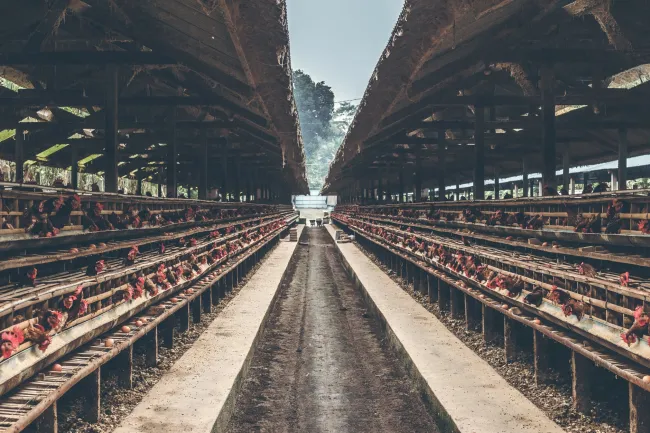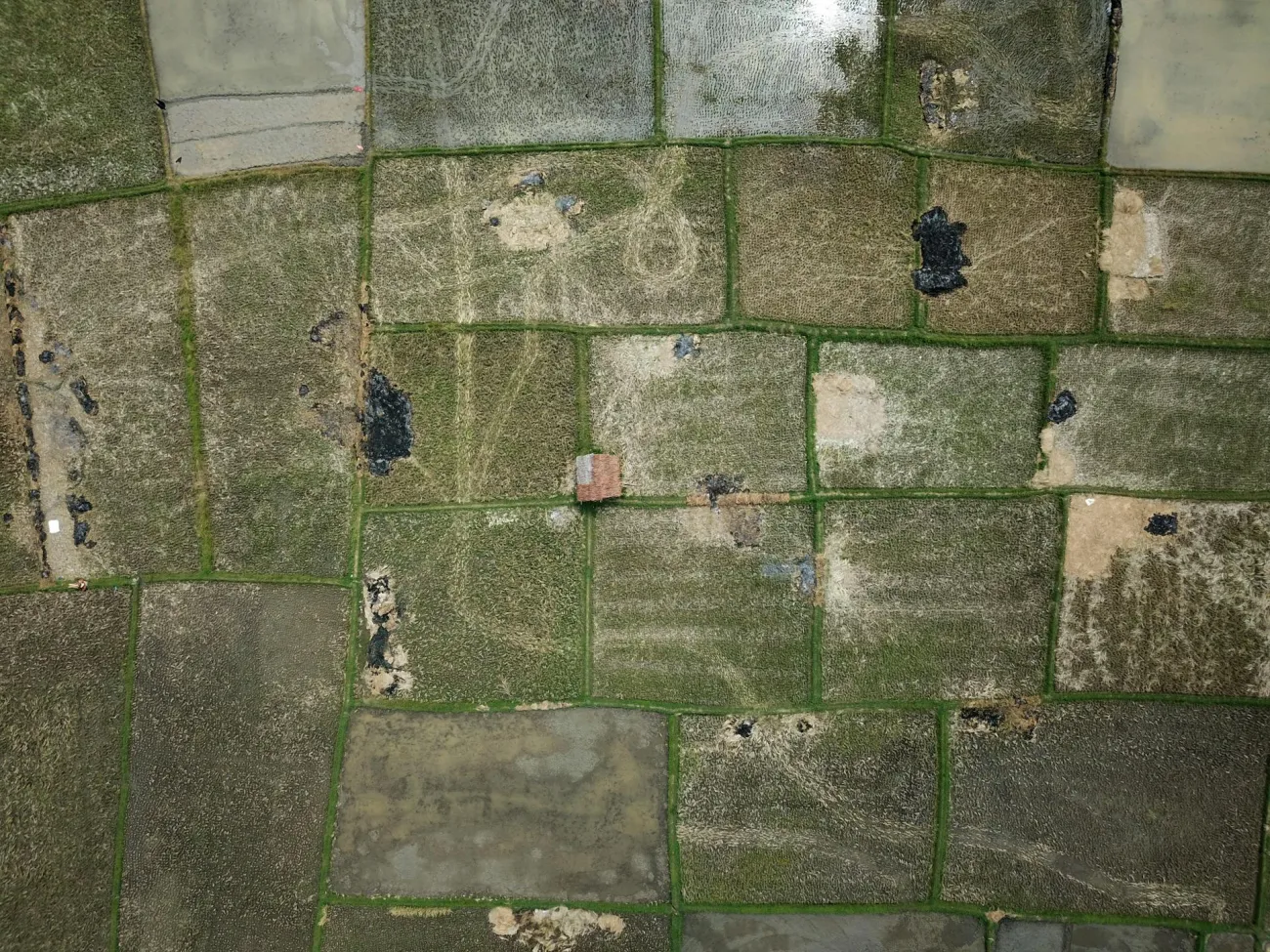This article in the Guardian explores the links between food production and COVID-19. It points out that, while the virus is likely to have been transmitted to humans via a pangolin at a “wet” market in Wuhan, China, the virus may have come to pangolins from wild bats. Some smallholder farmers, the article suggests, began to rear “wild” animals (such as pangolins) for income when their previous livestock farming was undercut economically by industrial farming methods, and may also have been pushed onto marginal land (nearer to forests, bats and the viruses hosted by bats) by industrial agriculture’s expansion.

The article also notes that factory farms are vulnerable to infectious pathogens because the animals tend to be genetically very similar to one another, offering little resistance to the spread of diseases - although some argue that indoor animal farms are less likely to be infected in the first place, compared to animals kept outdoors.
Read the full piece, Is factory farming to blame for coronavirus?, here. See also the Foodsource chapter What is the connection between infectious diseases in humans and livestock? and read other COVID-19 content in the FCRN’s research library here.




Comments (0)